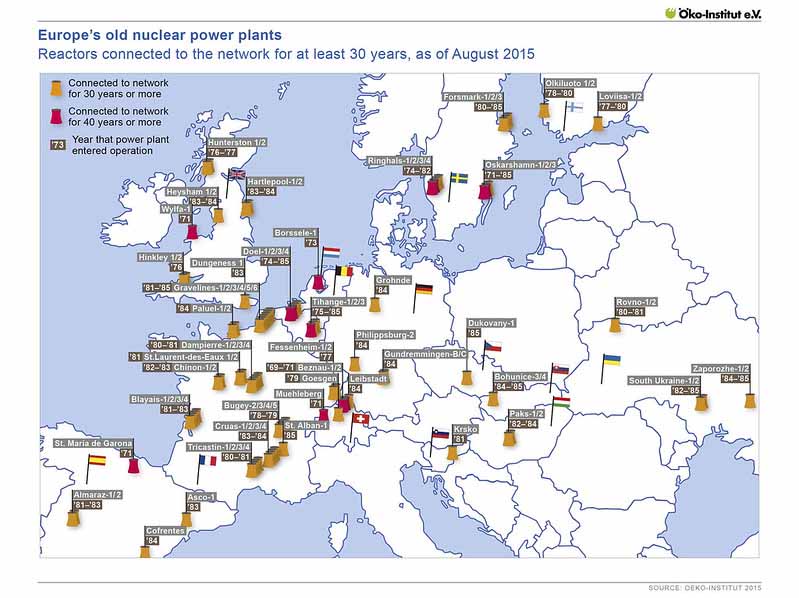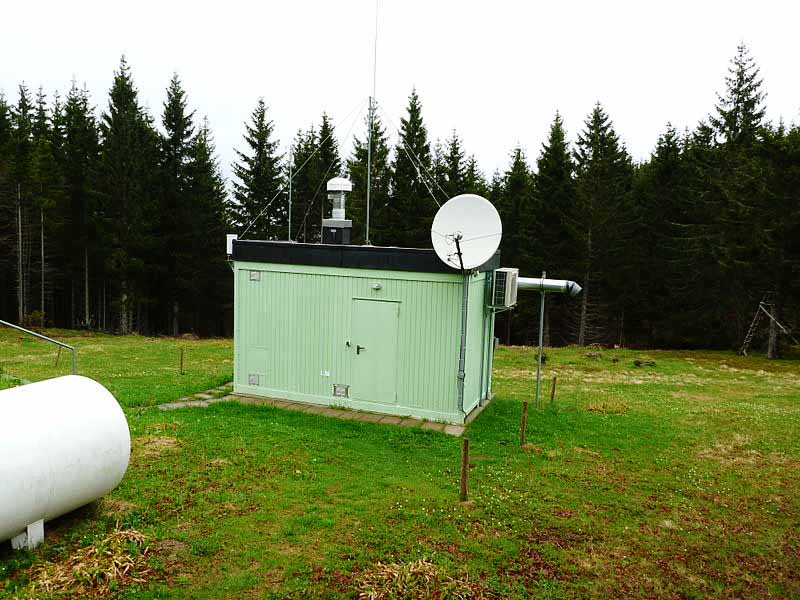
Scandinavian countries announced the detection of an abnormal increase in nuclear radiation on their territories. This could be due to a Russian nuclear accident that led to a leakage from its power plants.
In response to European allegations, the Russian government has denied any fault in their western nuclear plants of Murmansk and St. Petersburg.
The Radiation and Nuclear Safety Authority of Finland (RNSA) has found small amounts of radioactive isotopes of cobalt, cesium and ruthenium in Helsinki.
Other Northern European countries, such as Sweden and Norway, have announced a similar finding.
Although the Radiation Safety Authority of Sweden was not able to determine the origin of the radioactivity, their Dutch counterparts have confirmed that it came from western Russia.
This confirmation gives further proofs to the allegations that the problem comes from a Russian nuclear accident.
Read Also: Atomic military jet crashed in Greenland in 1968 on the way to Moscow
On Friday June 26 2020, the Comprehensive Nuclear-Test-Ban Treaty Organization (CTBTO) announced the detection of 3 isotopes: Cs-134, Cs-137 & Ru-103 associated with nuclear fission over Sweden.
The CTBTO is an international organization that monitors nuclear activity worldwide and works on the prohibition of nuclear tests. They have detected the radiation at their IMS station SEP63 in Sweden on 22 and 23 June 2020.
Lassina Zerbo, the executive secretary of the organization has announced the finding in a tweet published on Friday June 26. Mr. Zerbo serves in this position since August 2013.
Pia Vesterbacka, the head of the environmental radiation surveillance at Finland’s STUK, said that investigations are ongoing in cooperation with the Finnish Meteorological Institute (FMI).
That said, it is also possible that the isotopes come from a different source. In fact, Chernobyl disaster radiation is still hovering around, especially in Northern Europe.
Yet, according to the Dutch report, they are definitely not coming from a natural source. “The radionuclides are artificial” as stated in the National Institute for Public Health and Environment statement.
Until now, the most probable explanation is either a Russian nuclear accident, or residues from Chernobyl reactor’s accident of 1986.
